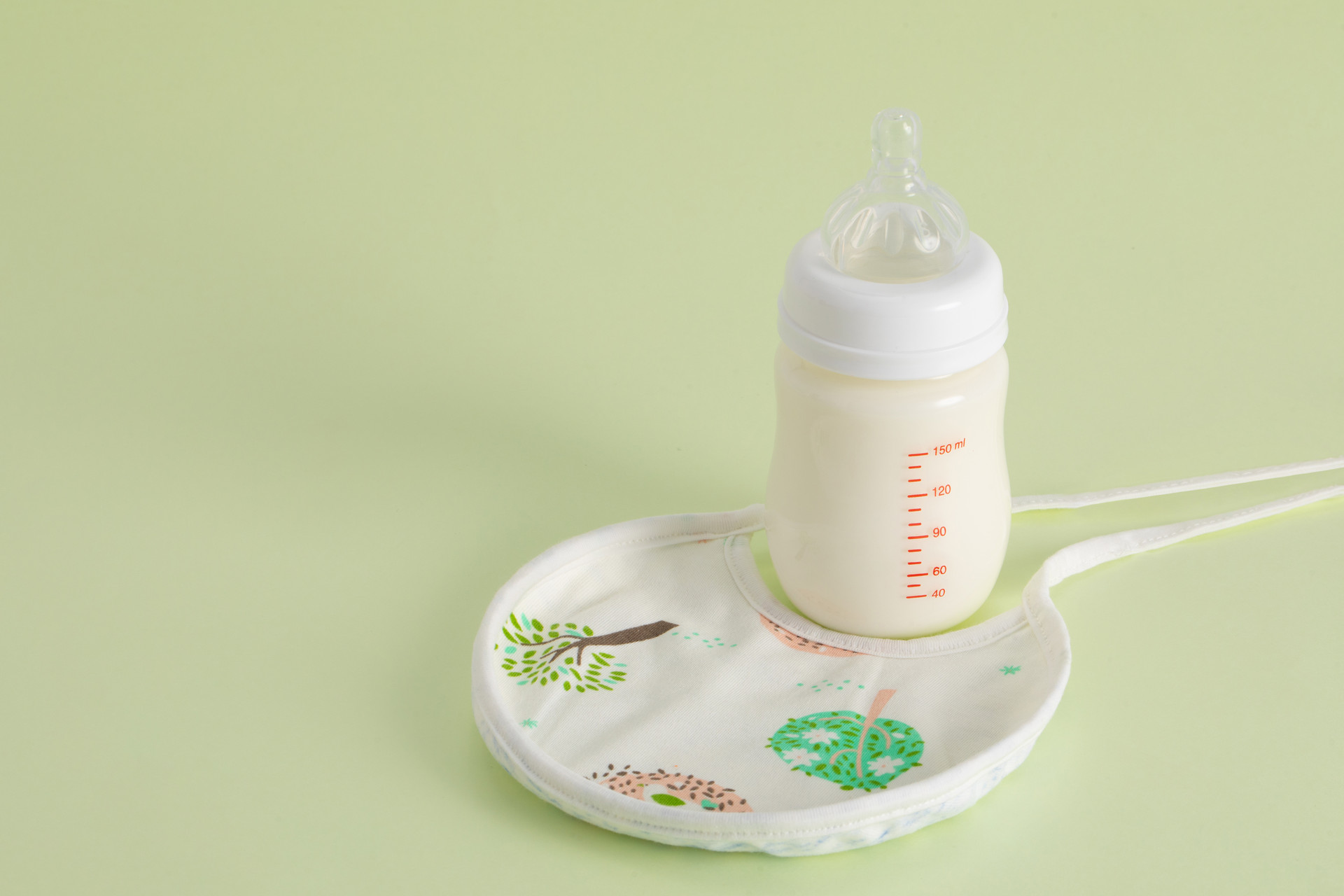
Generally, babies start teething at around six months old, which is a common headache for new mothers. So, what are the precautions during a baby's teething period?
According to different ages, parents can use the following formula to estimate the number of teeth a baby should have: number of teeth (baby) = age - (4 or 6). For example, a 10-month-old baby should have 4 or 6 teeth; by the age of 1, most babies have 6-8 teeth; and by the age of 2, all 20 milk teeth should have erupted.
Teething generally follows a certain order, with the lower jaw erupting before the upper jaw and in a front-to-back sequence. The first to erupt are usually the lower middle incisors, followed by the upper middle incisors, and then the adjacent incisors on both sides.
During a baby's teething period, there are five common issues:
Biting. The most prominent feature of teething in babies is biting. They bite their own hands, their mother's nipples, and basically anything they can get their hands on. The purpose is to relieve the pressure of teething by applying force through biting.
Pain. Pain and discomfort are inevitable during the teething process. The pain is caused by inflammation of the gum, and inflammation is the only way for the soft gum fibers to deal with the approaching teeth, especially when the first tooth and molars are erupting.
Irritability. As the tooth edges come closer to the top of the gum, the inflammation worsens, and the constant pain makes the baby irritable and fussy.
Sleeplessness. Babies don't just teeth during the day, they also do it at night. Babies often have restless sleep or become fussy due to the discomfort of teething. This is especially common when the first tooth and molars are erupting.
Precautions during a baby's teething period:
1. Use teething toys
Babies in their teething period love to bite things, and sometimes they may even bite people. To prevent babies from grabbing unhygienic and unsafe items to bite, mothers must provide teething toys. Most teething toys are made of silicone, and they not only provide comfort during teething but also enhance the baby's chewing and biting movements, which helps promote the healthy growth of teeth.
2. Don't forget the drool bibs
Babies in their teething period tend to drool more. This is mainly because teething stimulates the nerves in the gums, leading to increased saliva production. Additionally, young babies have underdeveloped swallowing functions, so saliva naturally drips down. To prevent this situation, it is recommended to prepare drool bibs or bibs to effectively manage the drooling. When choosing, make sure to select breathable, soft, and highly absorbent products.
3. Oral hygiene is important
When a baby's teeth are about to erupt, special attention should be given to oral hygiene. After each feeding, hold the baby and tilt their head slightly backward. Wrap sterilized gauze around your index finger, dip it in warm boiled water, and wipe away any food residue on their tongue and gums. Once the baby's teeth have erupted, it's time to start brushing their teeth and gradually teach them to brush their own teeth. When brushing, clean the inside, outside, and biting surfaces of the teeth in sequence to effectively remove any food residue on the teeth and gums, maintaining oral hygiene and laying a foundation for preventing cavities. For toothbrush selection, it is recommended to use a relatively soft children's toothbrush with two rows of bristles, with 4-6 tufts of soft bristles in each row. After each use, the toothbrush should be shaken to remove excess water, with the bristles facing upwards, and stored in a well-ventilated and dry area to maintain cleanliness.











